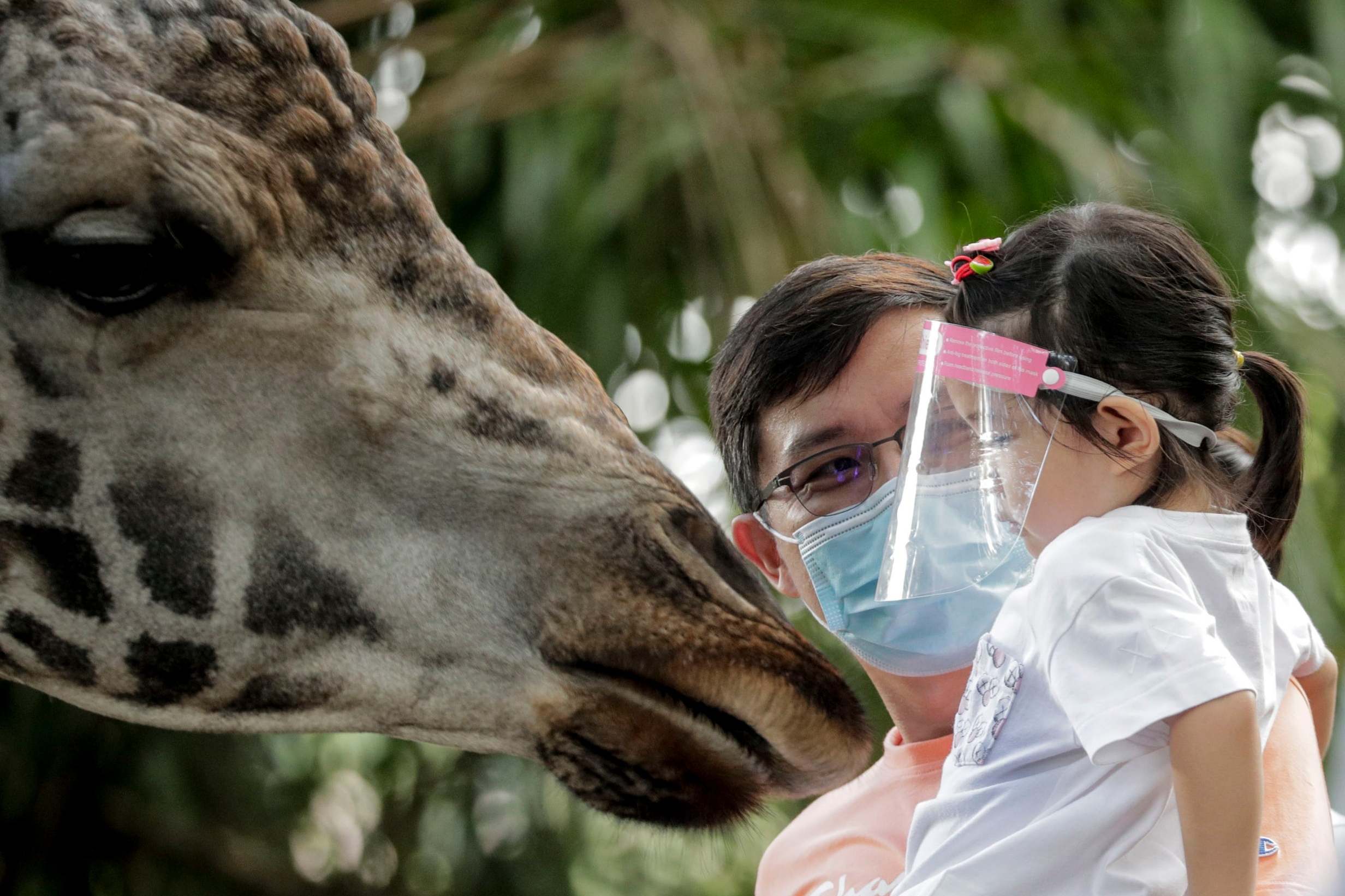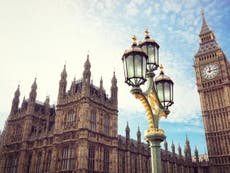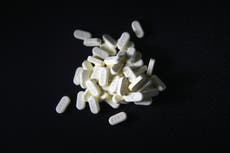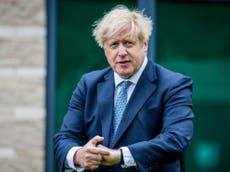Singapore’s quick response to coronavirus saved thousands of lives. There’s no excuse for the UK’s failure
In February I travelled to Singapore to visit an old university friend. So it was chance that I found myself in the safest part of the world, where they knew what to do and acted with great speed to aggressively suppress the lethal virus

I was incredibly irritated when the prime minister finally announced that masks would be compulsory in shops here in England. Not because I don’t think we should all be wearing them, but because it was long overdue.
I was frustrated by the angry “no mask” brigade. They seemed to have no regard at all for helping to protect their fellow citizens from a potentially lethal disease. Apparently their “freedom” trumped all else.
I have been wearing a mask in supermarkets and other shops here in the UK since my return from Singapore on 24 May. I came home armed with a box of 50 because they were so much more plentiful – and cheaper – over there.
Back in mid-February, I made a last-minute decision to go to Singapore to visit an old university friend. So it was pure coincidence that I found myself in the safest part of the world, where they knew what to do and acted with great speed to aggressively suppress the lethal virus.
By contrast, Europe and the US ignored and downplayed the threat – and they unsurprisingly became the epicentre of the pandemic from early March. I was in no rush to return to the unfolding disaster in the UK. Ignoring the Foreign Secretary’s call for Brits to return home, I kept rescheduling my BA return flight to London, originally booked for 8 March.
There were only 385 cases in total on 20 March, but newly imported cases due to Singaporeans and permanent residents returning home from Europe and the US had led to a modest rise in infections, despite the issued 14-day “stay at home” notices for new arrivals. The government quickly moved to enforce quarantine in designated hotels.
We began a preemptive semi-lockdown on 7 April – very similar to the UK lockdown, it included closures of businesses and schools, and asking people to stay home – as Singapore’s prime minister Lee Hsien Loong told the nation that he wanted to “stamp out the virus” and limit new cases to fewer than 10 a day.
New clusters in cramped foreign workers’ dormitories – housing around 300,000 – meant lockdown was extended to early June. All the dorms were quarantined while a huge targeted dorm testing programme allowed healthy workers to be moved to alternative accommodation such as vacant apartment blocks.
Despite the surge in the number of cases among migrant workers, they were able to stop the spread of the virus into the wider community and cases among Singaporean nationals and expats remained under control.
Masks played a key role in the city’s fight against the spread of the virus from the beginning. By mid-April, they became compulsory and there were pick-up points for all citizens to collect a free washable mask if they wished.
At first, I was far from delighted. Like most Brits, I had never worn a mask before and it felt and looked incredibly strange. Worse than that, I could barely breathe. But within a few days I was over it. “Masking up” soon became as natural as slipping on my sunglasses and flip flops. And that was in the searing heat and humidity of Singapore’s tropical climate.
We have it easy here in the UK as it is only mandatory in shops and on public transport. In Singapore they were mandatory everywhere outside of the home, including outdoors, unless you were doing vigorous exercise.
Singapore achieved its goal of very low community cases by mid-May but waited until the beginning of June to start to ease out of lockdown. Shops and restaurants only reopened on 19 June and the country’s borders remain tightly shut to this day to everyone but their own returning residents or essential business travellers from a tiny number of countries. Everyone must quarantine for 14 days upon arrival.
They are advising against any travel from Singapore, instead encouraging locals to staycation and support their own tourist sector. Bars and other places where “safe distancing” is impossible are still closed and large gatherings were the first to be banned and will remain so indefinitely.
Their test, trace and isolate strategy, brilliant from the beginning, is now even better. We were temperature checked and required to hand over contact details when entering shops and restaurants back in mid-March. But during lockdown, they rolled out a new super fast high tech contact tracing system so it would be fully functional before restrictions are eased. This involved checking in and out of a supermarket or pharmacy by scanning a giant barcode – each one unique to the shop – using our mobile and providing our contact details digitally. Before lockdown ended, every shop and restaurant had to instal the new system.
From the very beginning, Singapore was testing everyone with symptoms, isolating them, and doing the same to all contacts. No one was discharged from hospital or isolation without two negative tests over 24 hours. The care homes truly had a protective ring around them. In comparison, the care home disaster in the UK is nothing less than a national scandal.
I finally returned to London on 24 May, sobbing into my mask on touchdown at Heathrow. I had grown so fond of Singapore and its people that I had not wanted to leave. By then wearing a mask non-stop from the moment I got into my taxi to Changi Airport, right through to exiting Heathrow airport, for a total of around 18 hours, was second nature to me.
There can be no doubt that masks are a crucial tool in the war against the virus. Singapore had one new community case on 28 July. But mask wearing remains compulsory for everyone outside of their homes.
Singapore may be much smaller, but 27 deaths, in total, is an incredible achievement. They simply got it right. They learned from the Sars epidemic and were prepared and ready to spring into action.
If we’d followed Singapore’s example, we could have saved many thousands of lives. We now know that the UK’s epidemic was imported from Spain and Italy due to a shambolic failure to impose strict border controls or enforced quarantine from those countries in March, when they lost control of the virus. That was one of the UK’s catastrophic mistakes. Let’s not make the same mistakes again
Melissa Jacobs is a freelance journalist with a background in biological sciences. She worked for the UK diplomatic and civil service before retraining in multimedia journalism.





Join our commenting forum
Join thought-provoking conversations, follow other Independent readers and see their replies